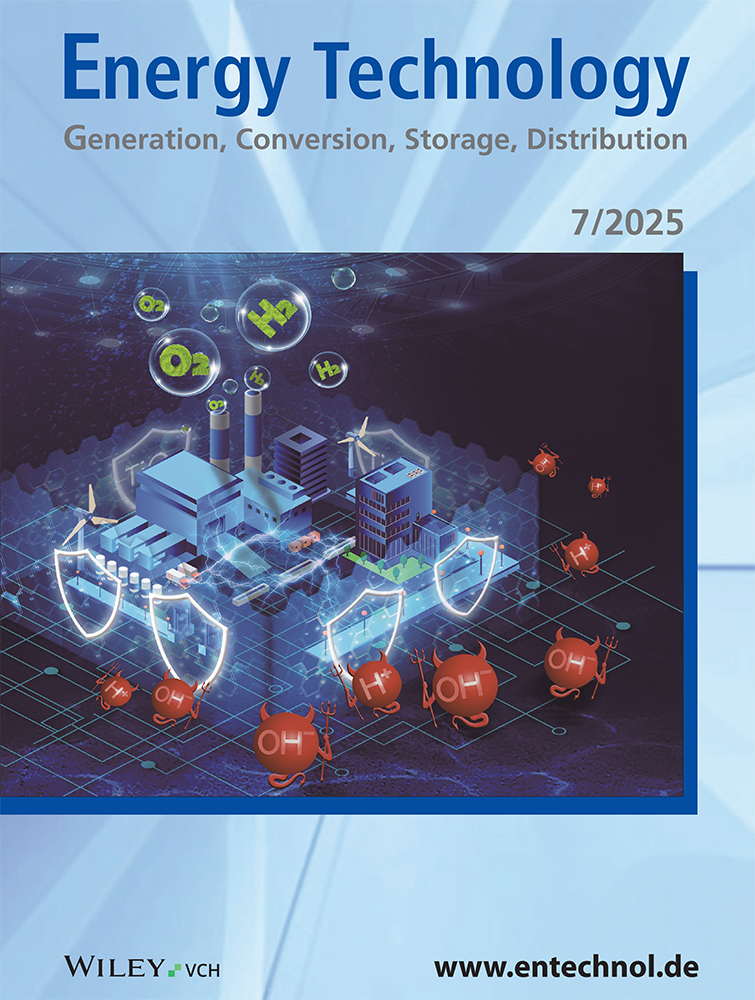Evolving Thermal Energy Storage Using Hybrid Nanoparticle: An Experimental Investigation on Salt Hydrate Phase Change Materials for Greener Future
Abstract
Thermal energy storage (TES) assisted with phase change materials (PCM)s seeks greater attention to bridge the gap between energy demand and supply. PCM has its footprint toward efficient storage of solar energy. Inorganic salt hydrate PCMs are propitious over organic PCMs in terms of energy storage ability, thermal conductivity, and fireproof, however the major issue of supercooling and poor optical absorbance remains. This research investigates commercialized inorganic salt hydrate PCM with phase transition temperature of 50 °C, thermal conductivity of 0.593 Wm−1 K−1 which is favoured with melting enthalpy of 190 J g−1, and 2–3 °C of supercooling. Mixture of graphene: silver at a proportion of (1:1) is used as the hybrid nanomaterial to further enhance the thermal conductivity, optical absorbance, and thermal stability. Hybrid nanocomposites are developed via two-step process involving direct mixing and ultrasonication. Morphological behaviour, chemical stability, optical property, thermal property, thermal reliability, and stability of the developed nanocomposite samples are experimentally analysed. As a result, sustainable TES materials with thermal conductivity of 0.937 Wm−1 K−1, optical absorbance of 0.8, increased energy storage potential is formulated. Subsequently a numerical simulation is conducted to illustrate the potential of the developed nanocomposite in transfer of heat energy.
Conflict of Interest
The authors declare no conflict of interest.
Open Research
Data Availability Statement
The authors confirm that the main data supporting the findings of this study are available within the article.




